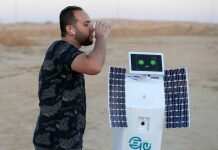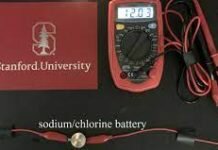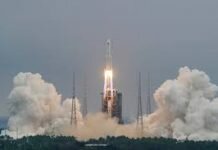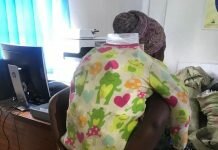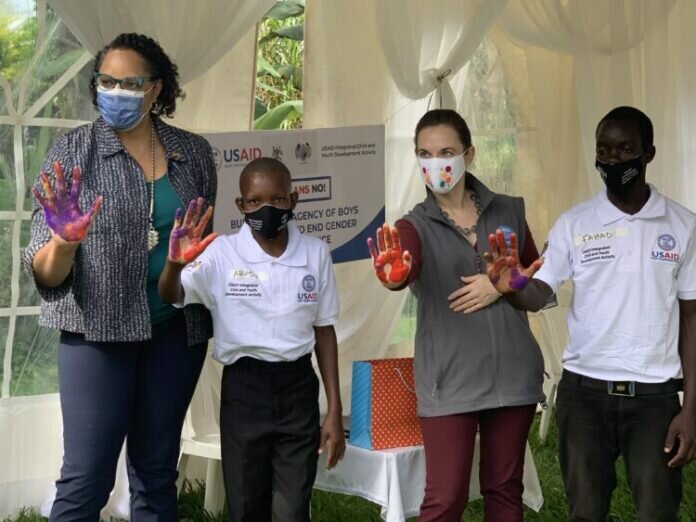The U.S. Mission in Uganda has released the sixth edition of the Report to the Ugandan People, which tells the story of the United States’ enduring partnership with the Ugandan people, focusing on the impact of our work to promote economic growth, improve health and education, strengthen security, and foster democratic values.
“With the release of this 60th anniversary edition of the Report to the Ugandan People, we highlight our work with Ugandan communities to build a healthy, vibrant, and prosperous society where every Ugandan child, woman, and man has opportunities to achieve their full potential,” U.S. Ambassador Natalie E. Brown said. Our work aligns with Uganda’s Vision 2040 – Uganda’s development plan. The United States is a proven partner Uganda can depend on.
Through the 13 U.S. government agencies that comprise the U.S. Mission in Uganda, the United States invests almost USD 1 billion (UGX 3.6 trillion) annually in Ugandan communities, largely through more than 100 implementing partners and civil society organizations, many based in Uganda and Ugandan-led, that deliver programs to every district in Uganda.
As a result of the United States’ investment, millions of Ugandans are living healthy, learning better, earning more, and participating more fully in their communities
“You may not always see our flag on large buildings or billboards, but as a result of the United States’ investment, millions of Ugandans are living healthy, learning better, earning more, and participating more fully in their communities,” Ambassador Brown said, citing the 1.3 million HIV+ Ugandans receiving U.S.-funded ARV treatment, the United States donating more than 18 million COVID-19 vaccine doses – free of cost, and the more than 4,700 Ugandan professionals who have participated in U.S. government-supported exchange programs.
The report features some of the millions of Ugandans whose lives have benefited from U.S.-funded programs in Uganda. U.S. assistance highlights include:
• Battling 2022 Ebola Outbreak Together: The U.S. government mobilized comprehensive support for the Government of Uganda-led Ebola outbreak response in the following areas: coordination, case management, surveillance, diagnostics and laboratories, infection prevention and control, risk communication and community engagement, treatment for patients in Ebola Treatment Units, clinical and psychosocial support for Ebola survivors and their families, and border health. Thanks to U.S. investments, Uganda no longer has to ship its samples out of the country and wait for months to get the results. Instead, Uganda now leads the region in collecting, transporting, and testing laboratory samples and returning results rapidly.
• PEPFAR @ 20 – Toward Ending AIDS as a Public Health Threat: More than 1.3 million Ugandans living with HIV are receiving life changing anti-retroviral drug treatment through U.S. President’s Emergency Plan for AIDS Relief (PEPFAR), which marks its 20th anniversary this year. A new study shows that scale up of PEPFAR-supported HIV treatment in Uganda since 2004 has averted approximately 500,000 HIV infections, including over 230,000 babies born infection-free to HIV-positive mothers, and prevented nearly 600,000 HIV-related deaths.
• Economic Growth: With support from the U.S. Agency for International Development (USAID) 50 food-processing companies received training on manufacturing practices to achieve Uganda National Bureau of Standards product certification. U.S.-supported smallholder and farmers’ groups were connected to grain traders, the government school feeding program, and refugee markets, where they sold assorted food commodities worth nearly $12 million (UGX 44 billion).
• Sustainable Tourism: Nature tourism is Uganda’s top foreign exchange earner, reaping over $1.8 billion (UGX 6.6 trillion) per year and accounting for 7.3% of GDP. The United States provided funds to support communities and the private sector in starting nature-based businesses, improving natural resource stewardship. USAID’s Power Africa added more than 140,000 electricity and renewable energy connections, reducing reliance on forests for energy resources.










